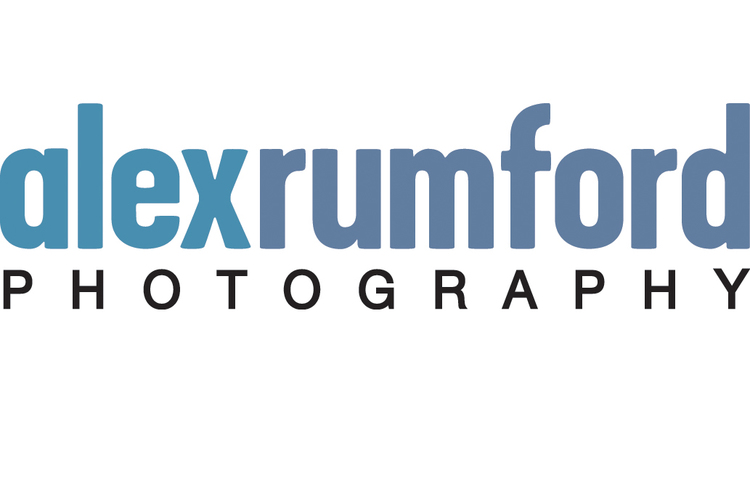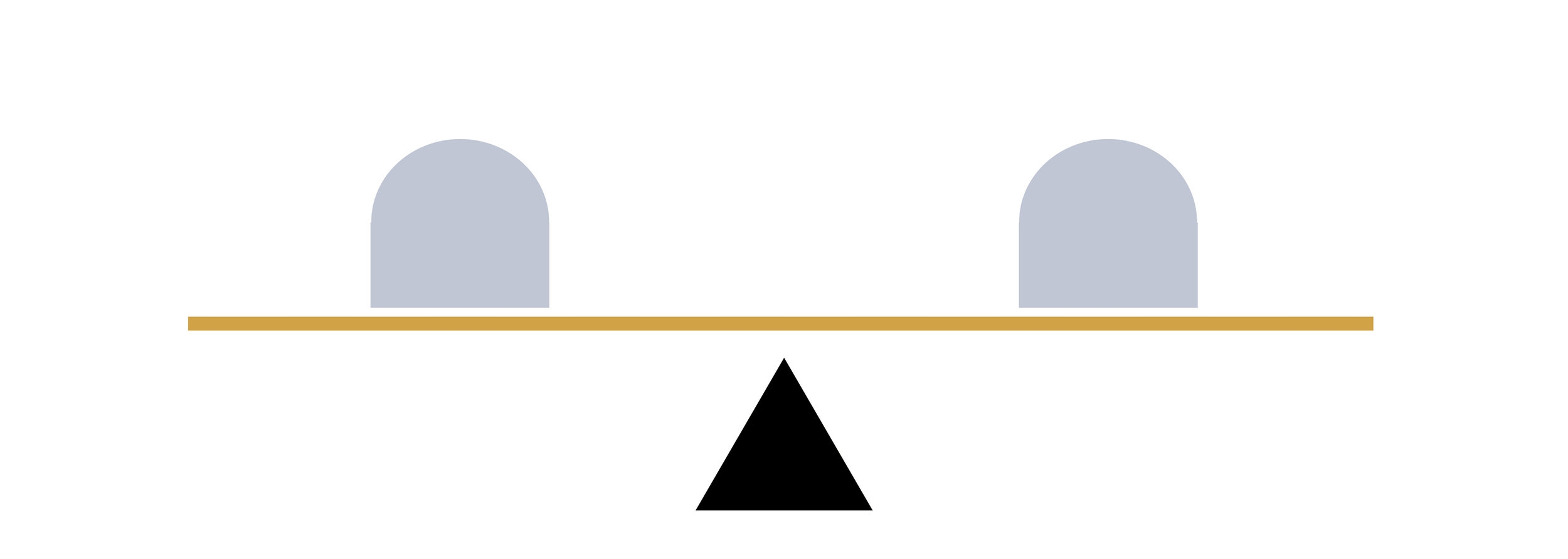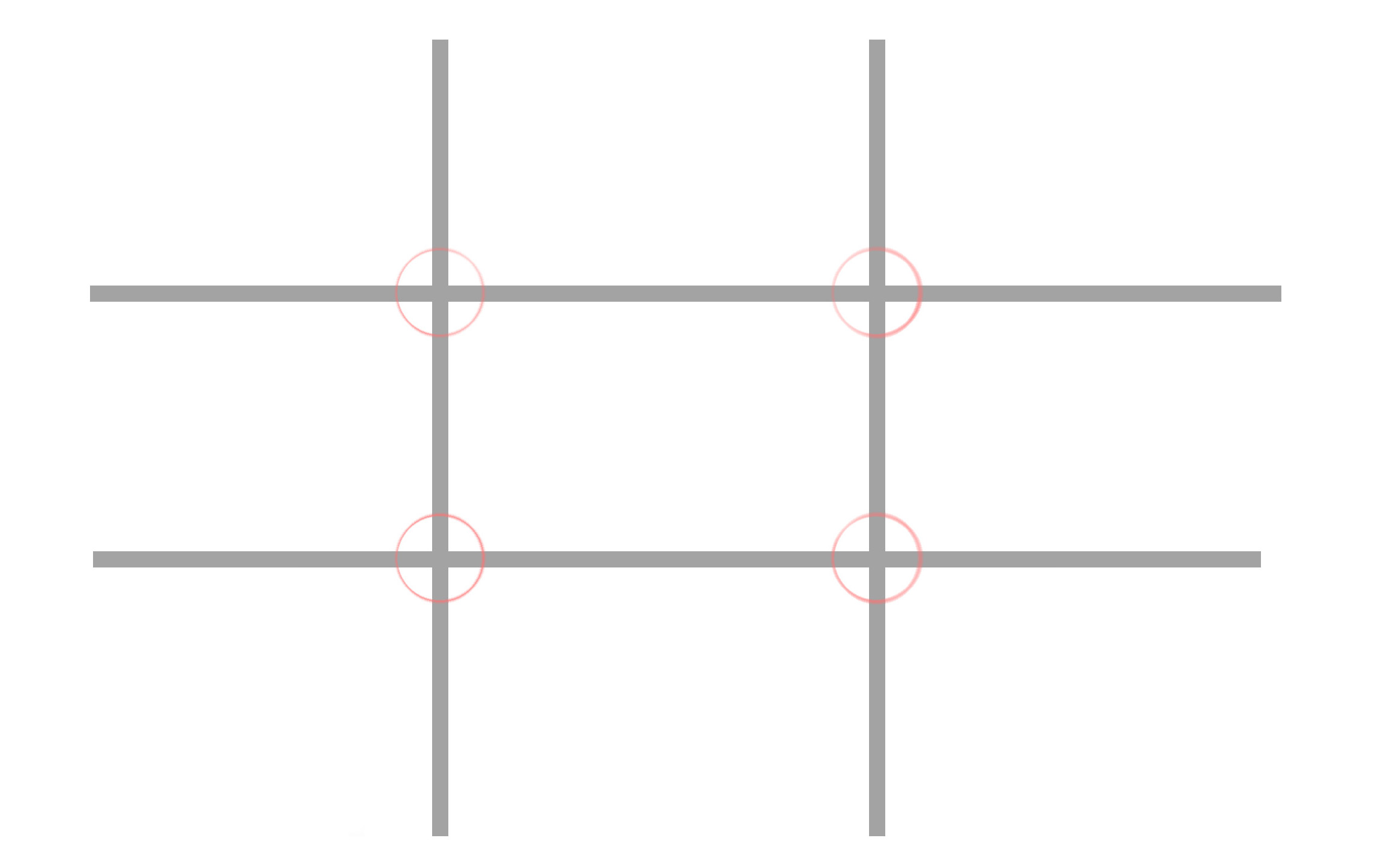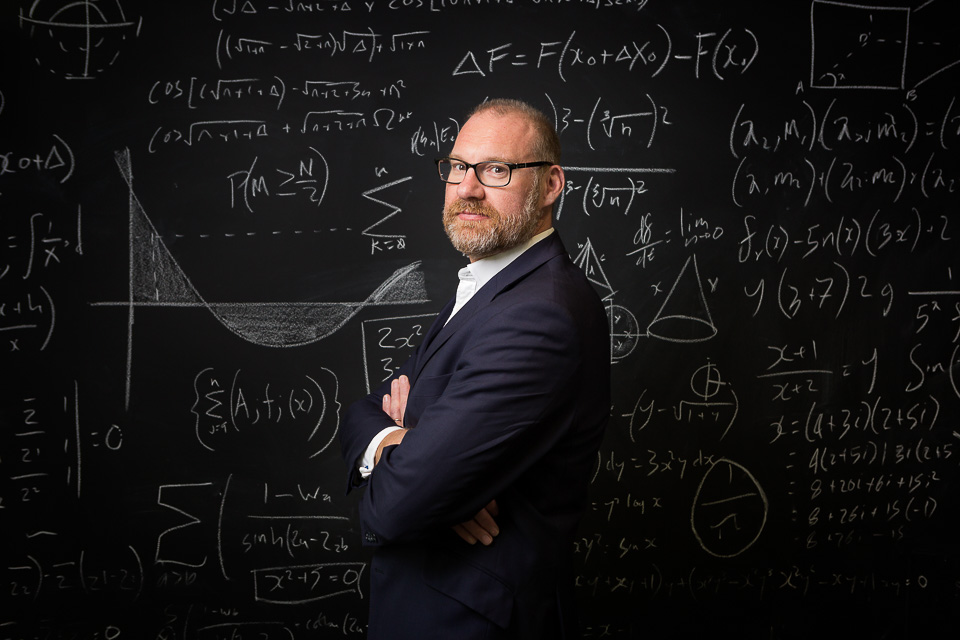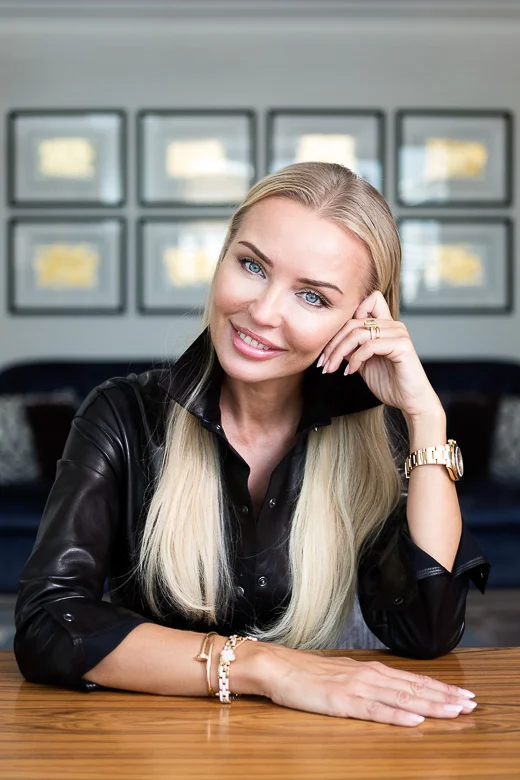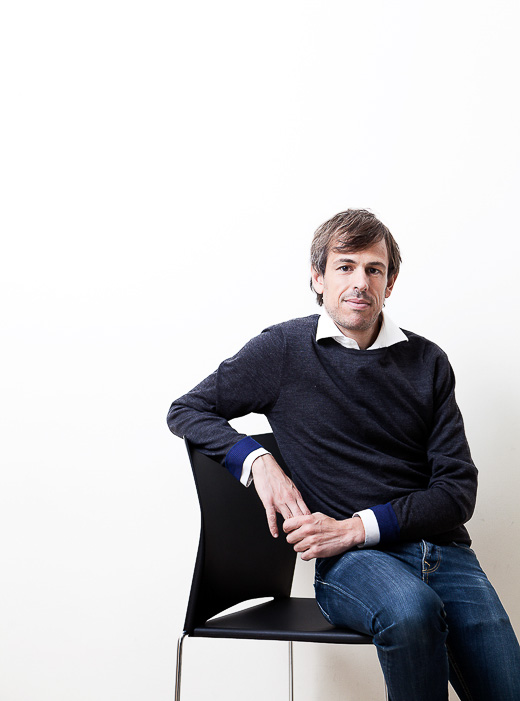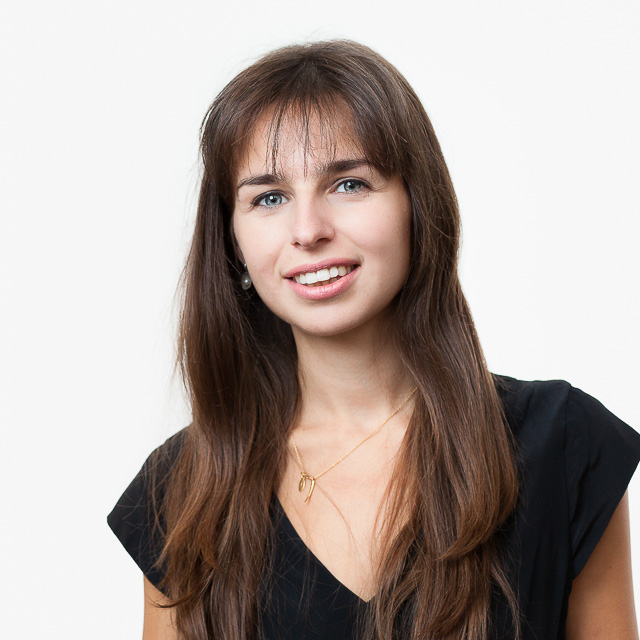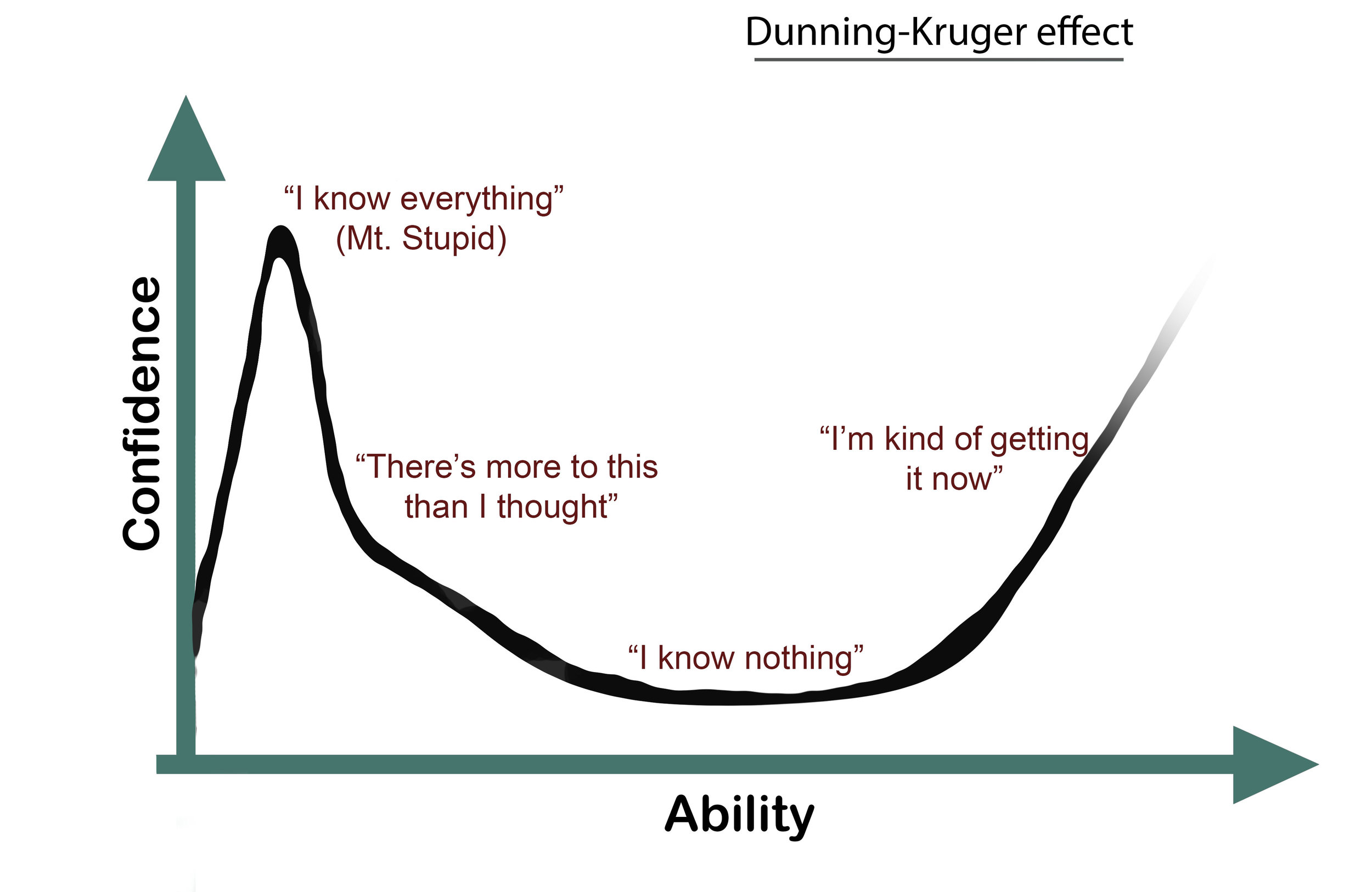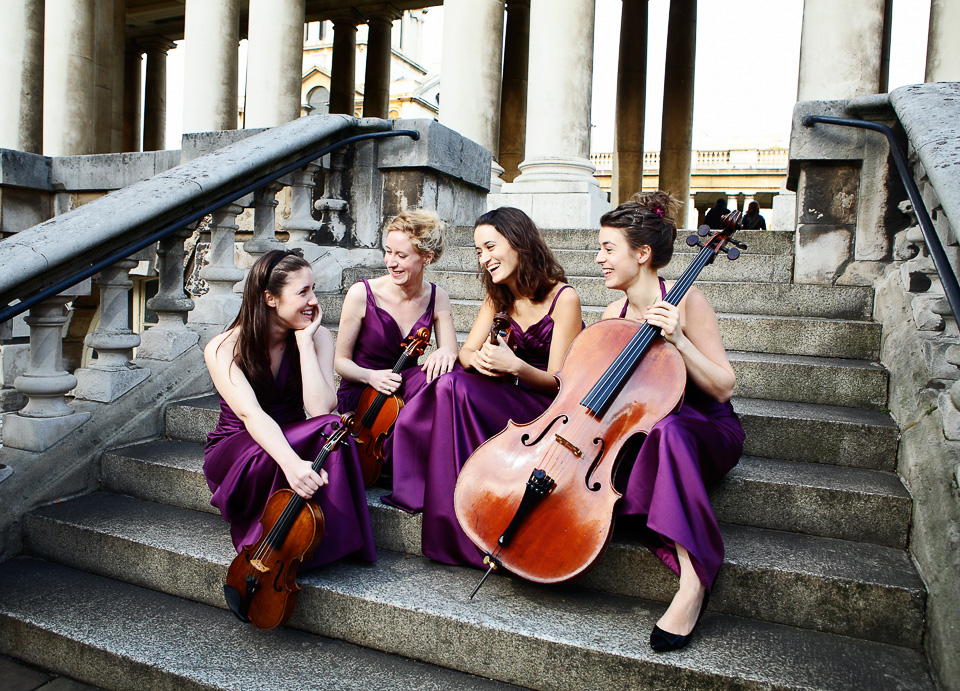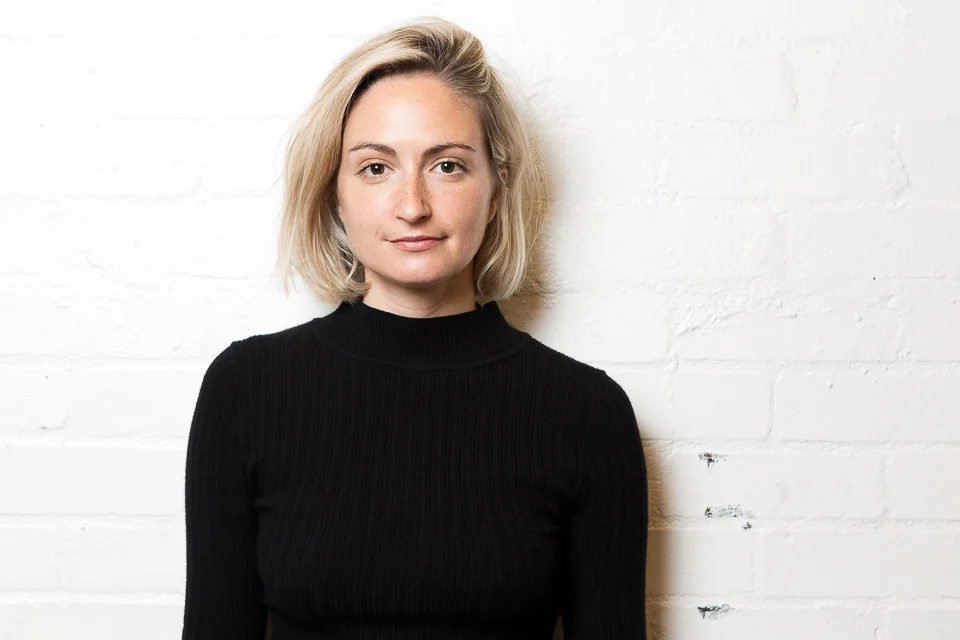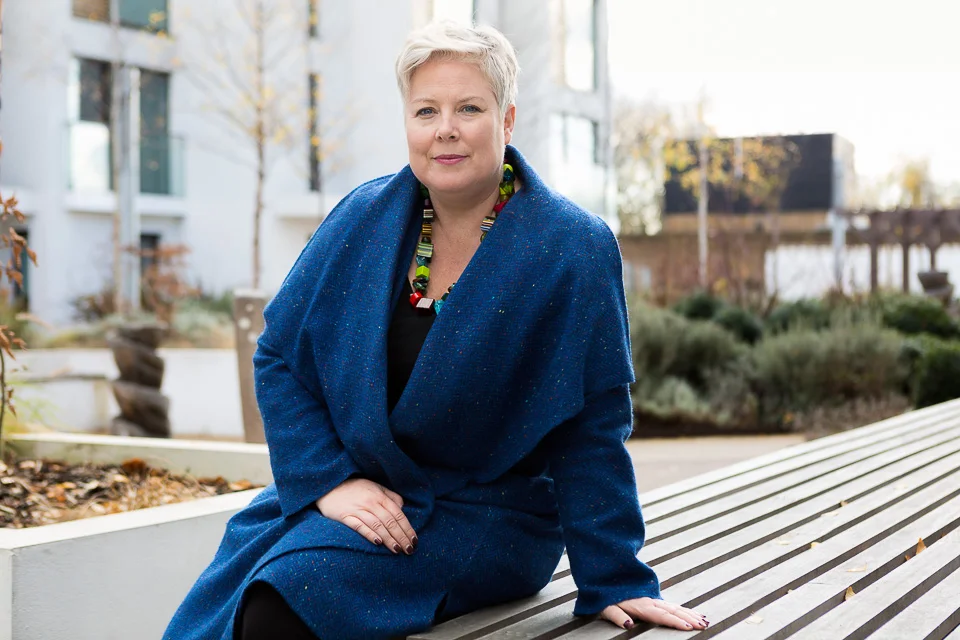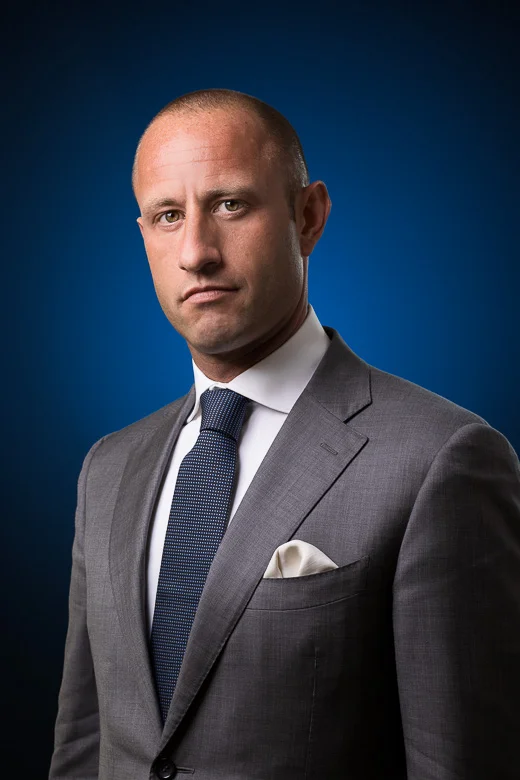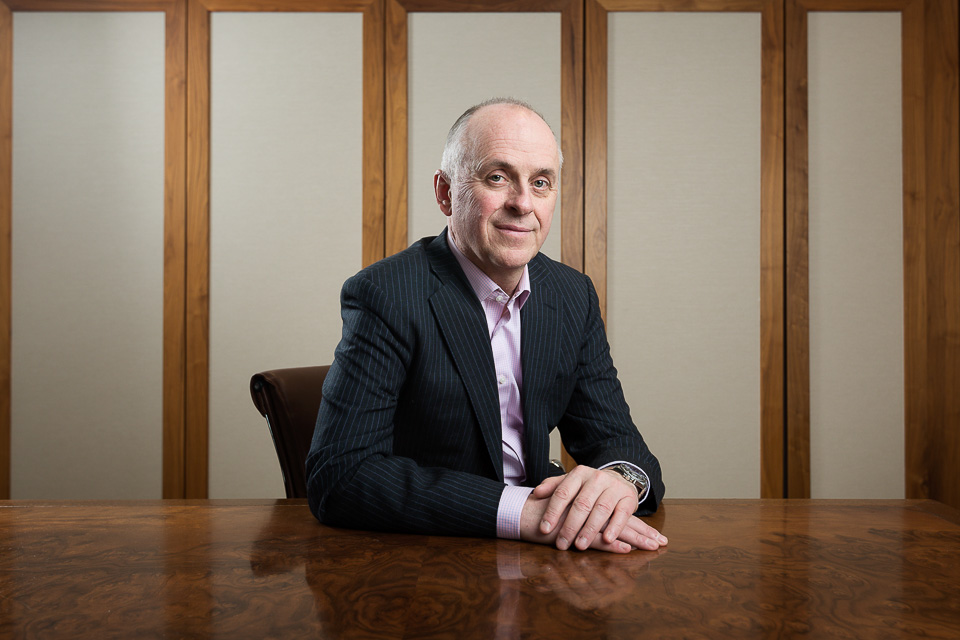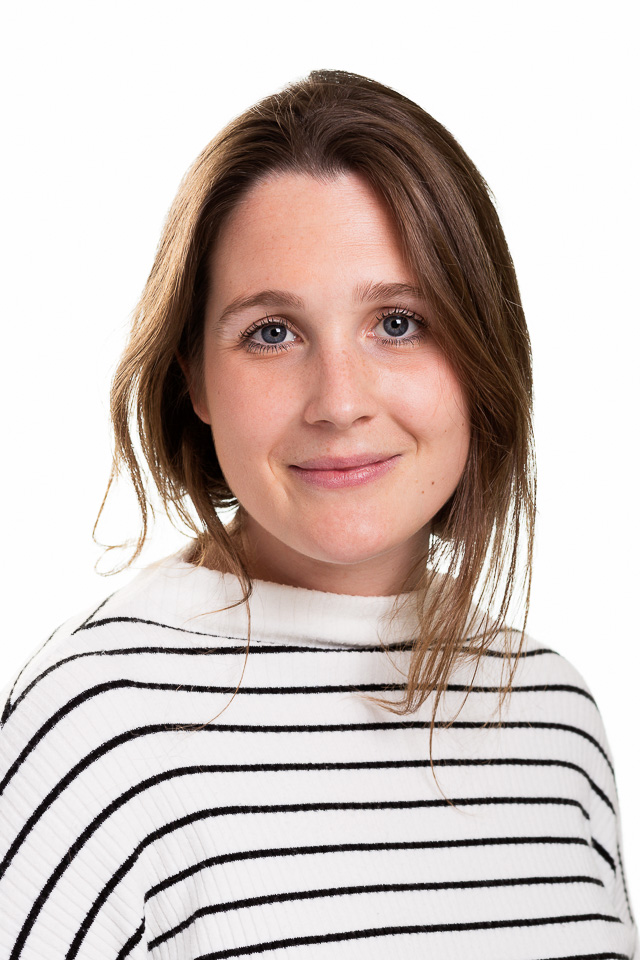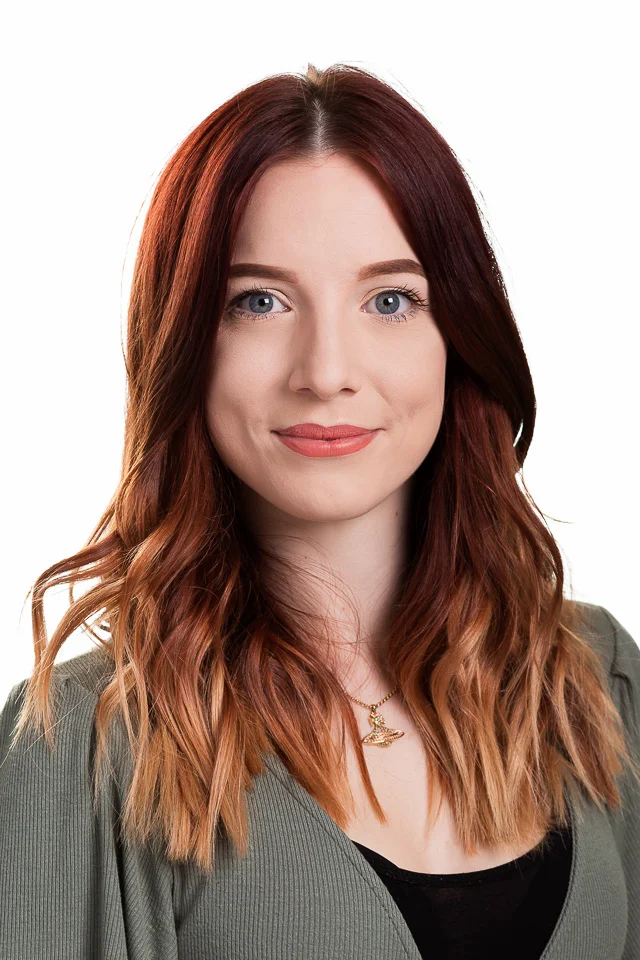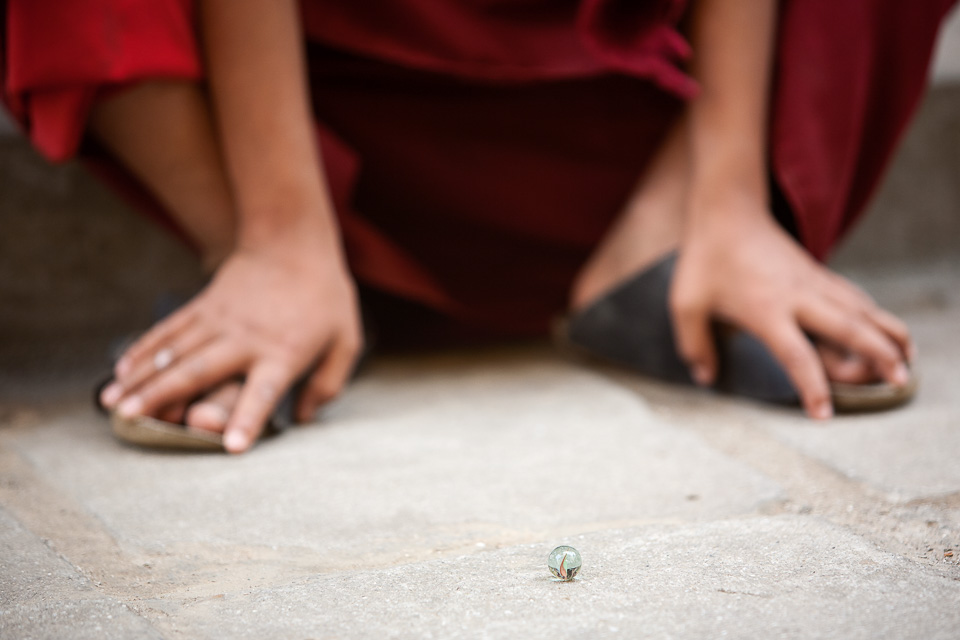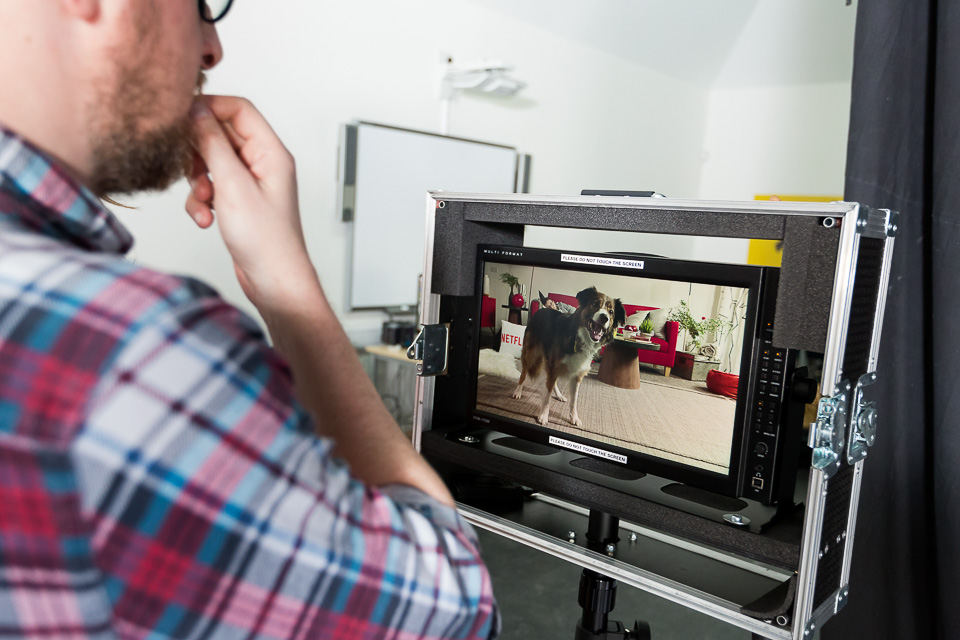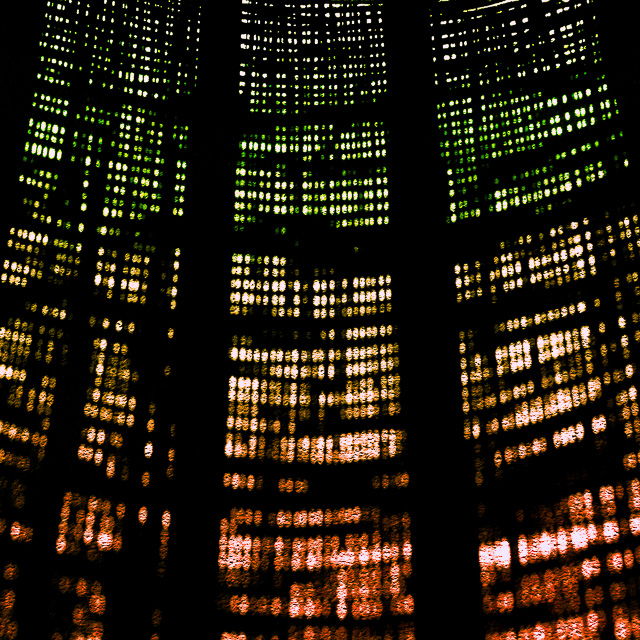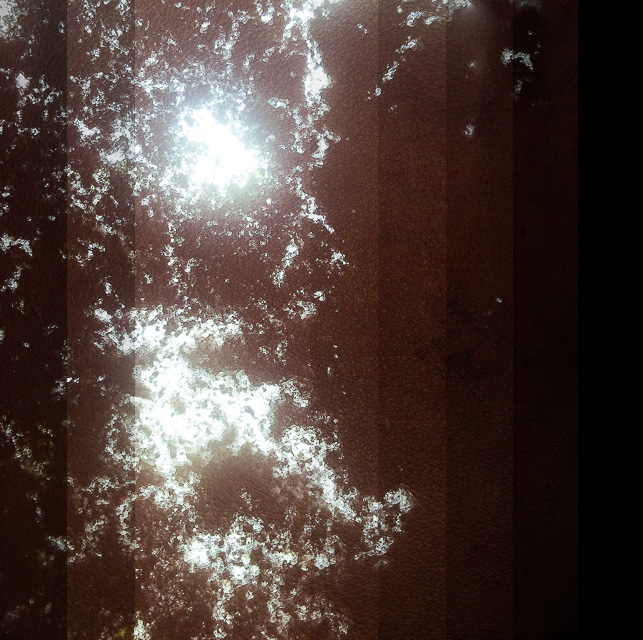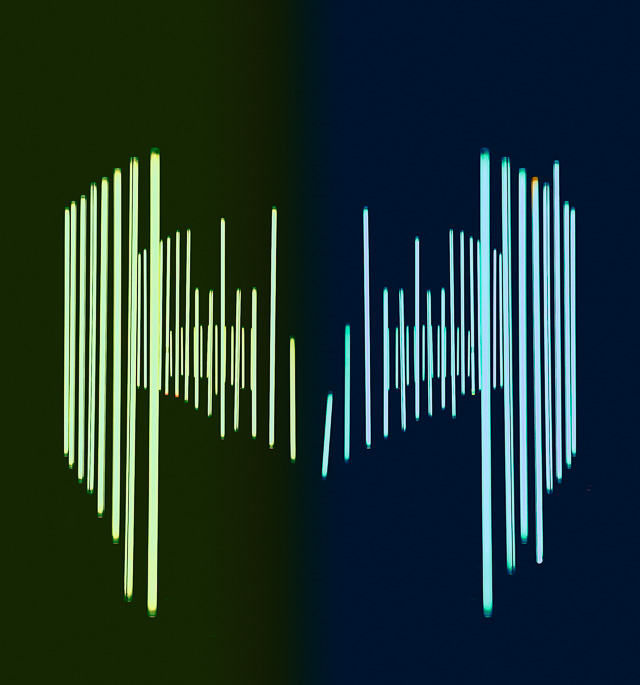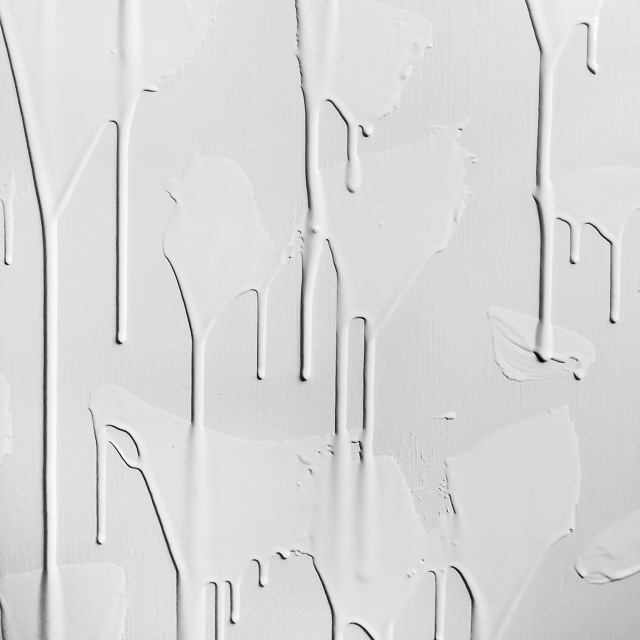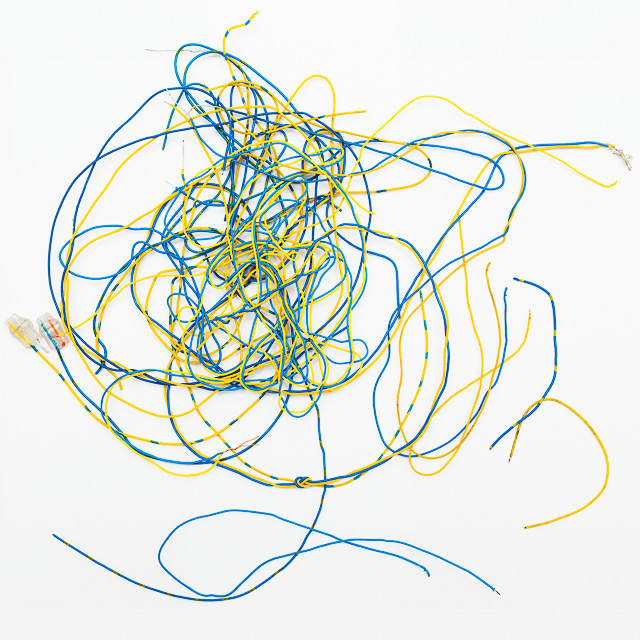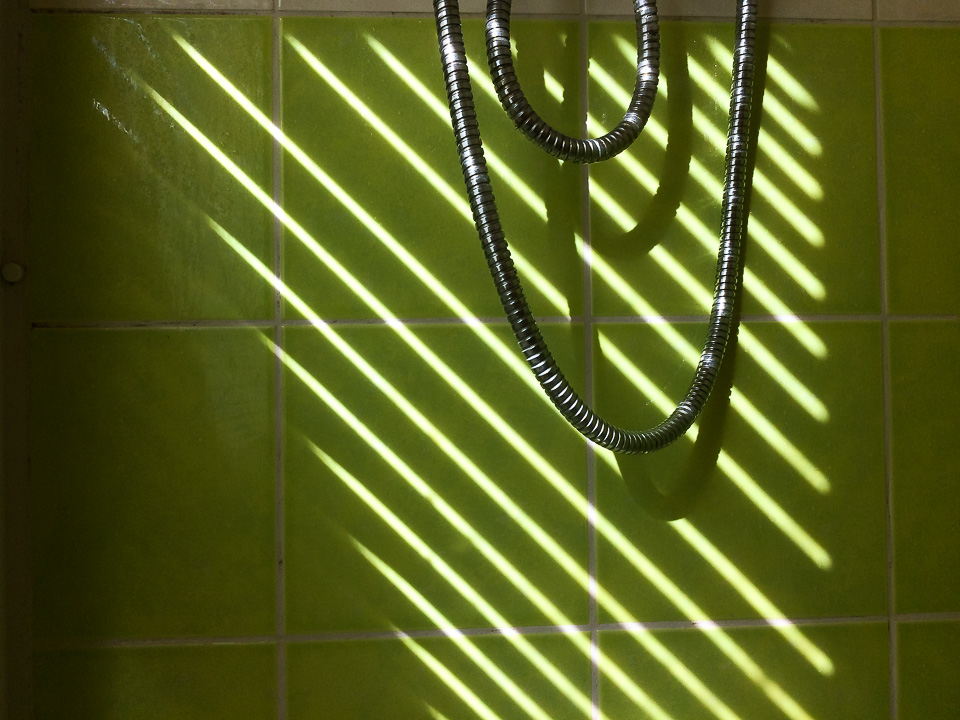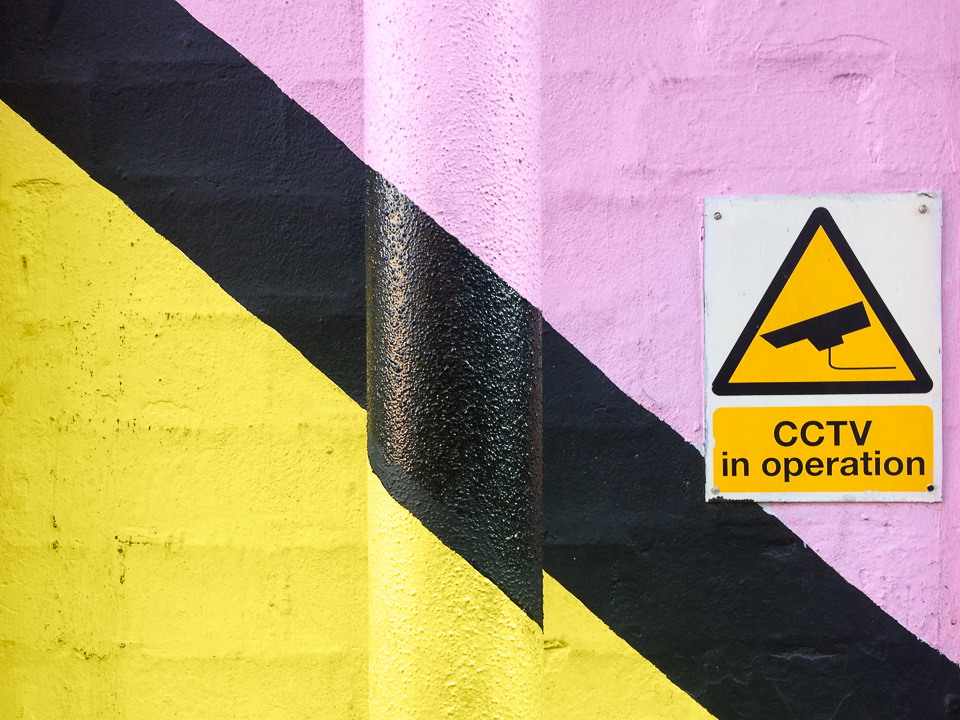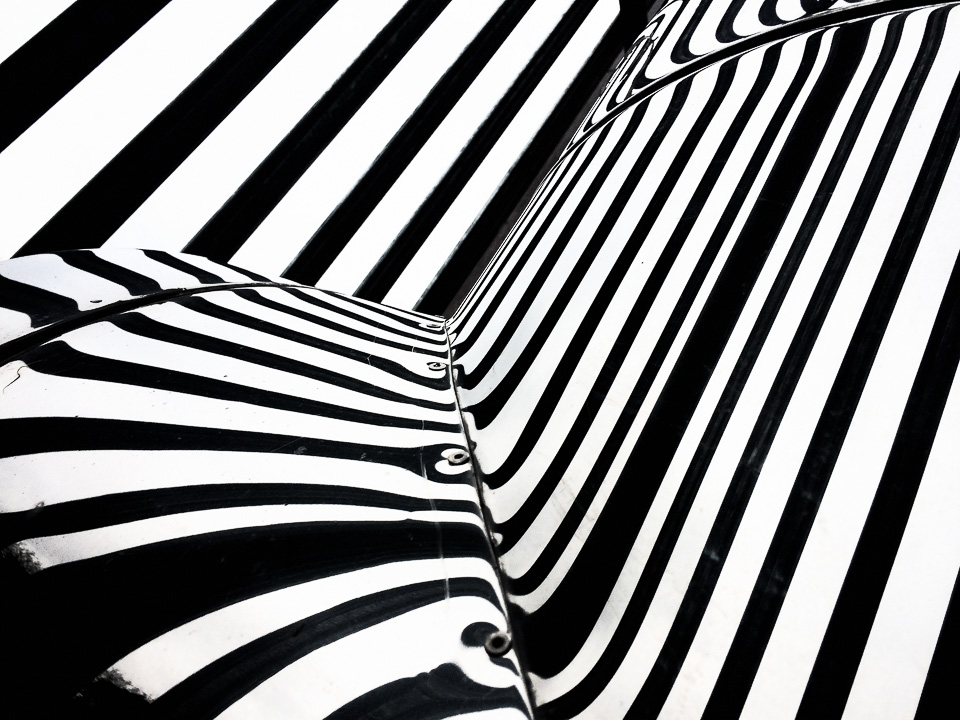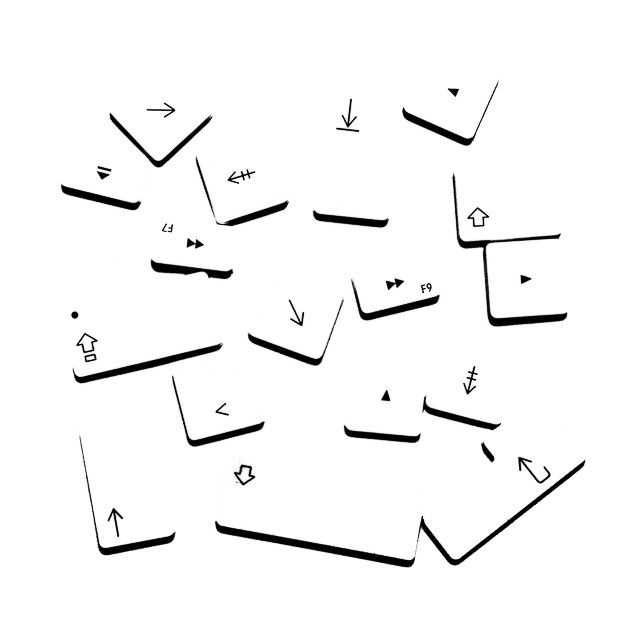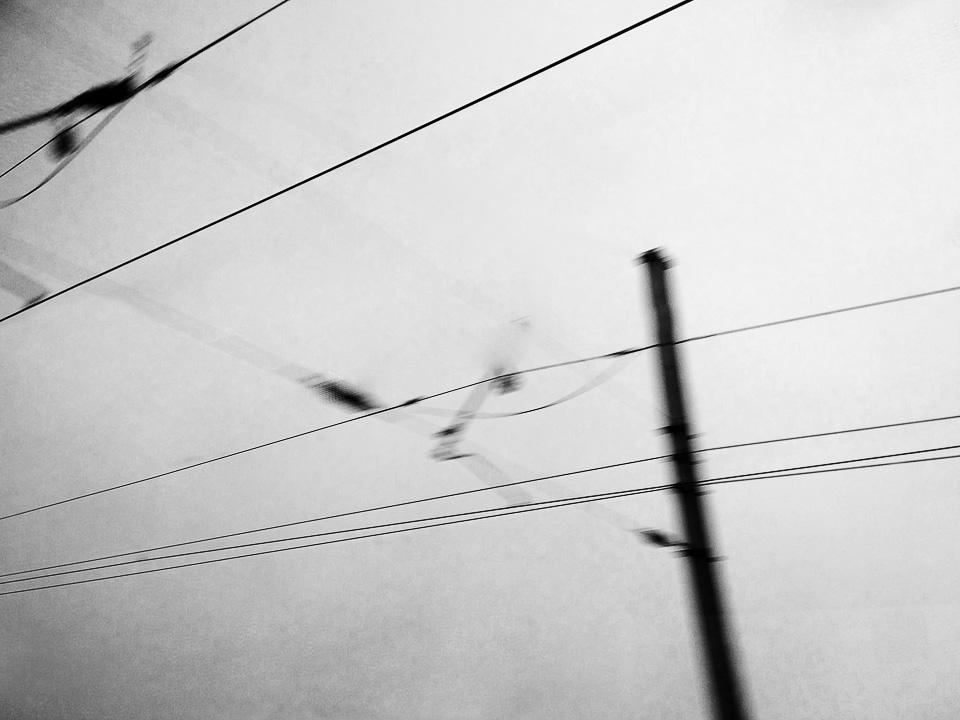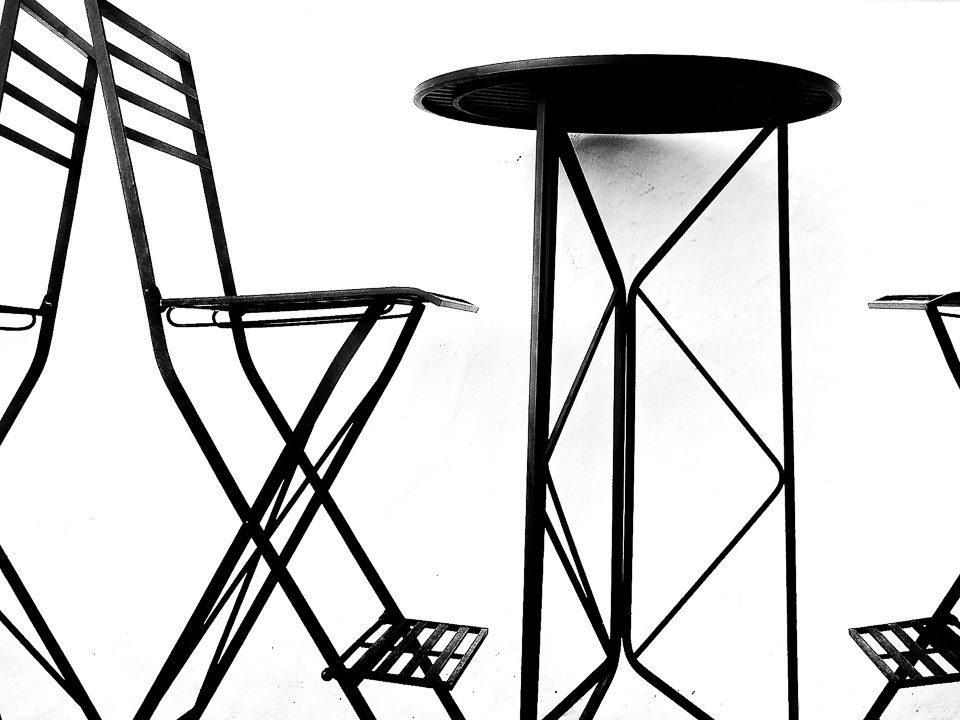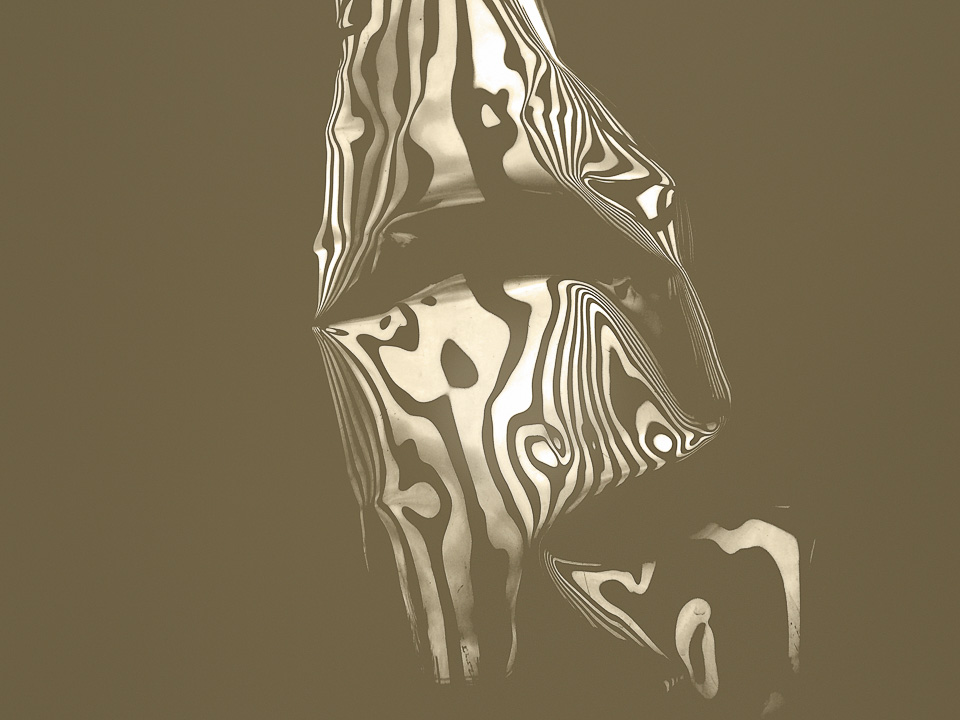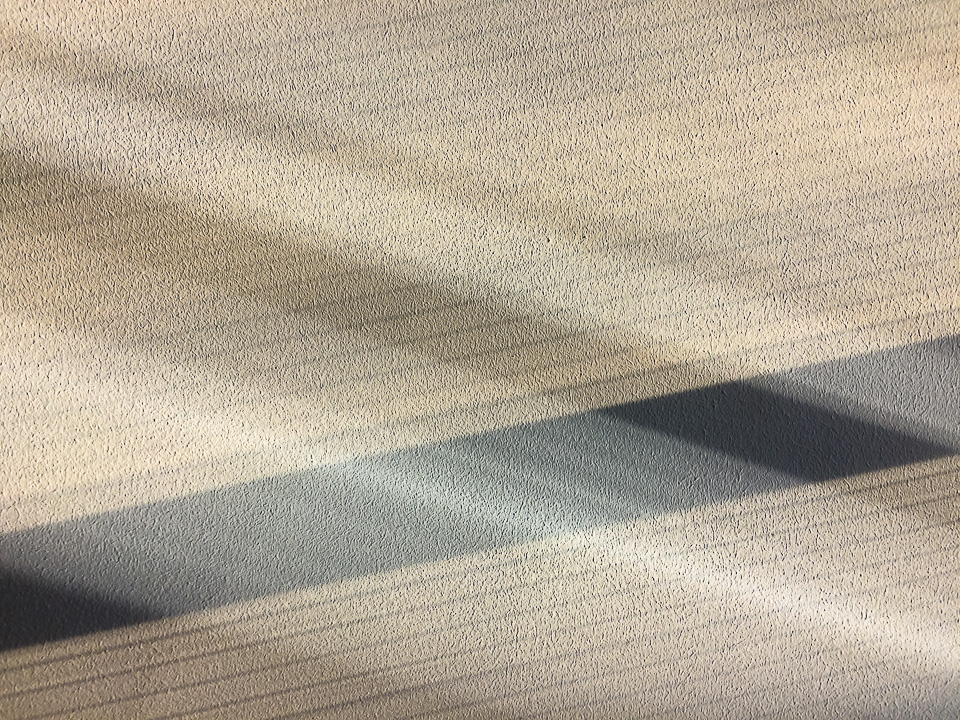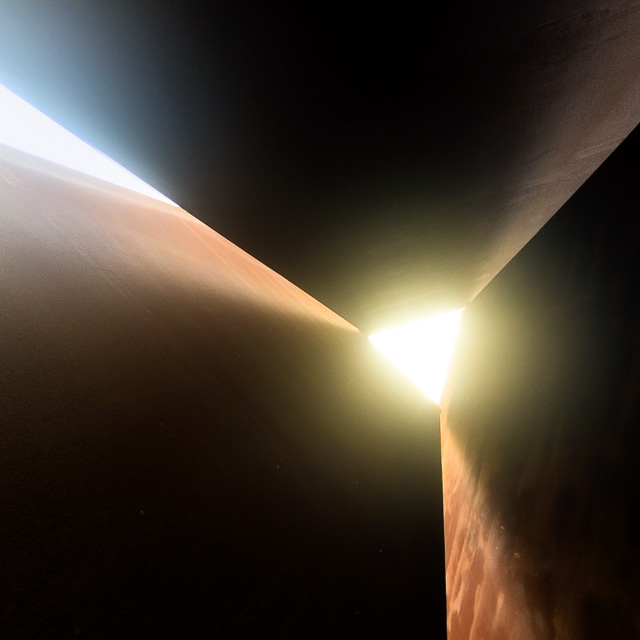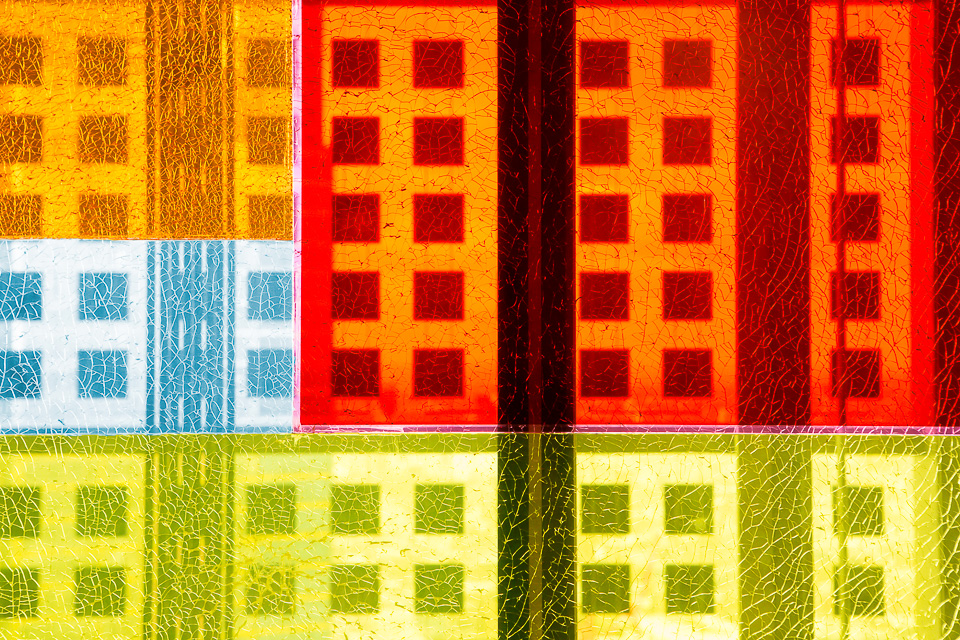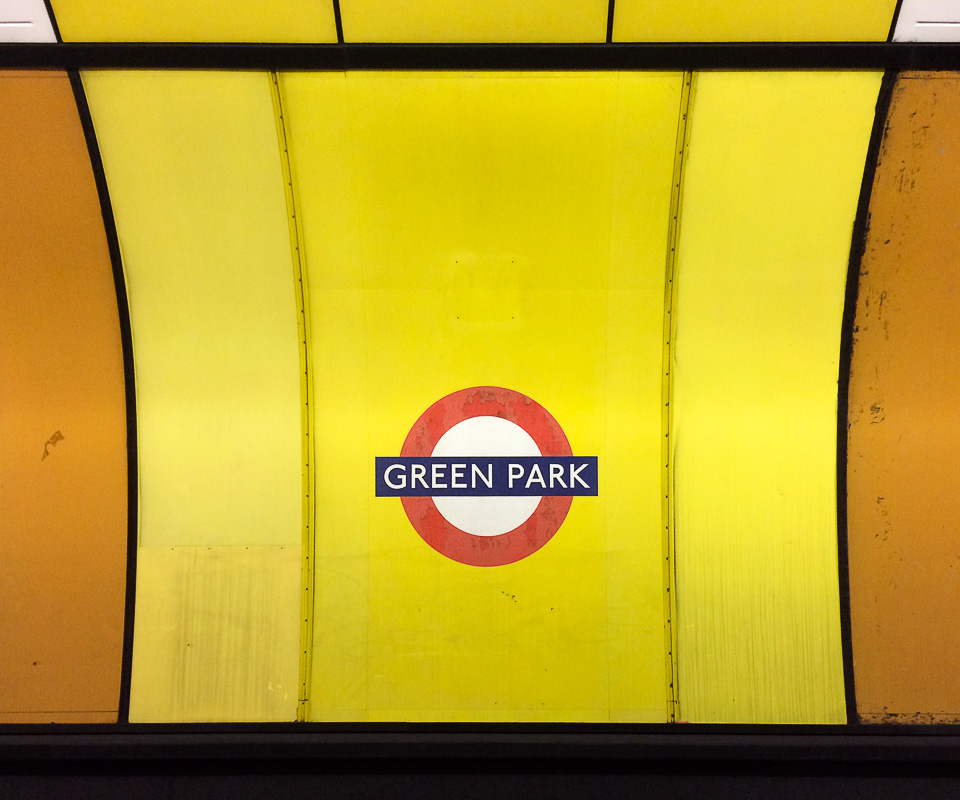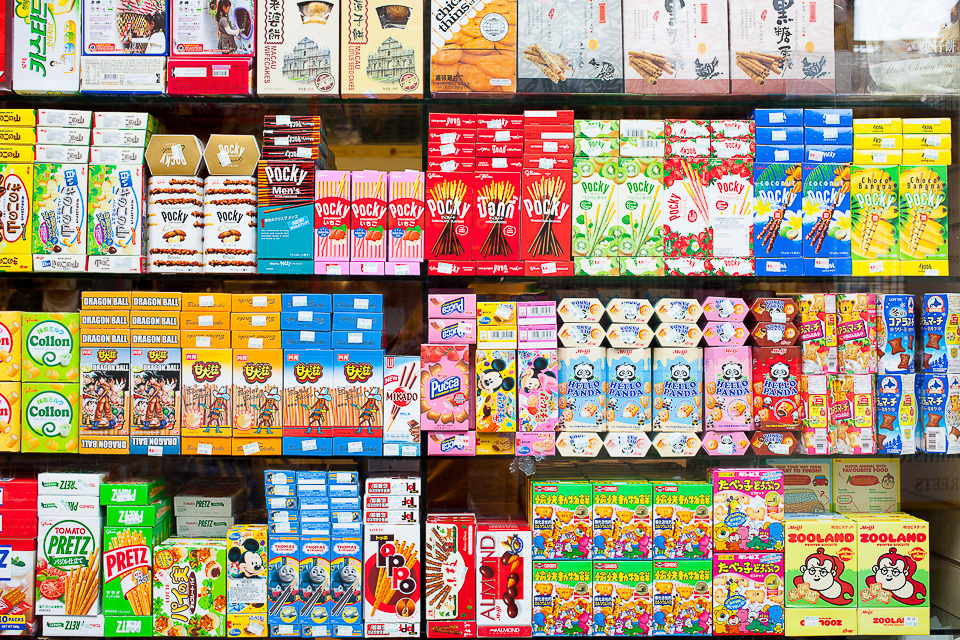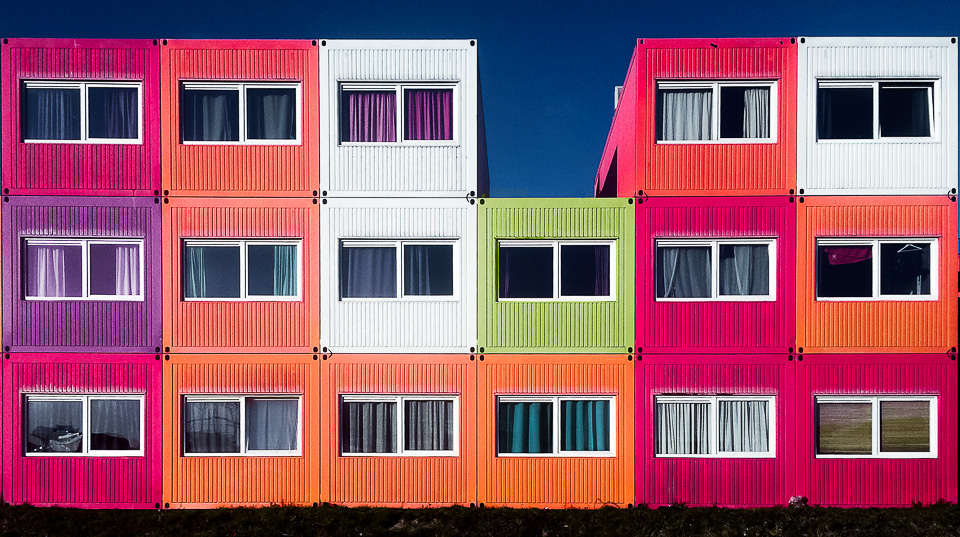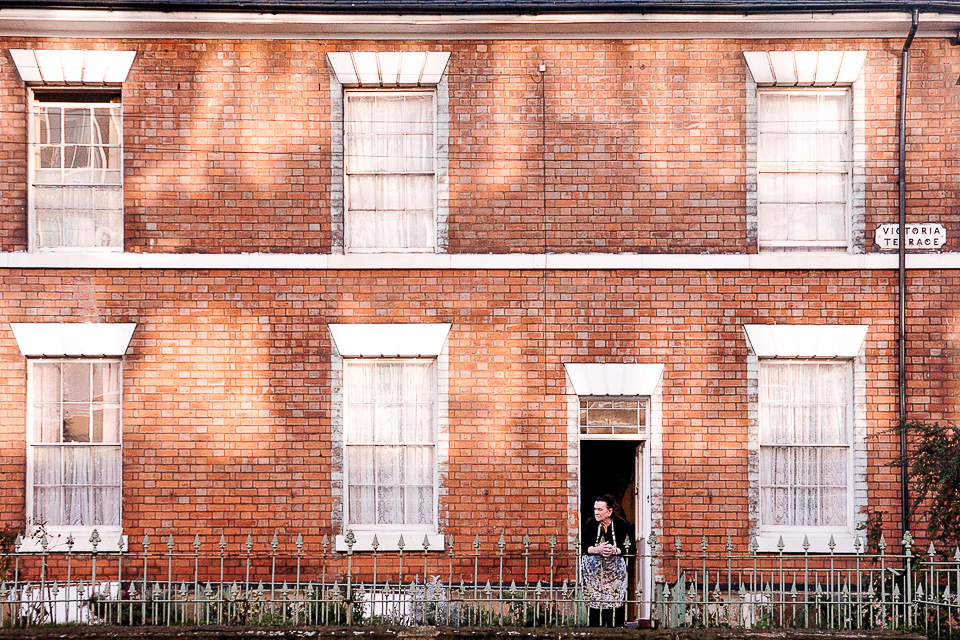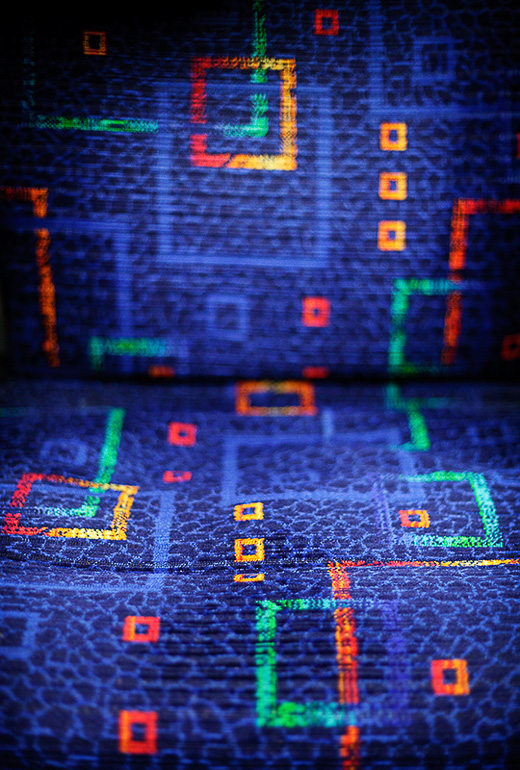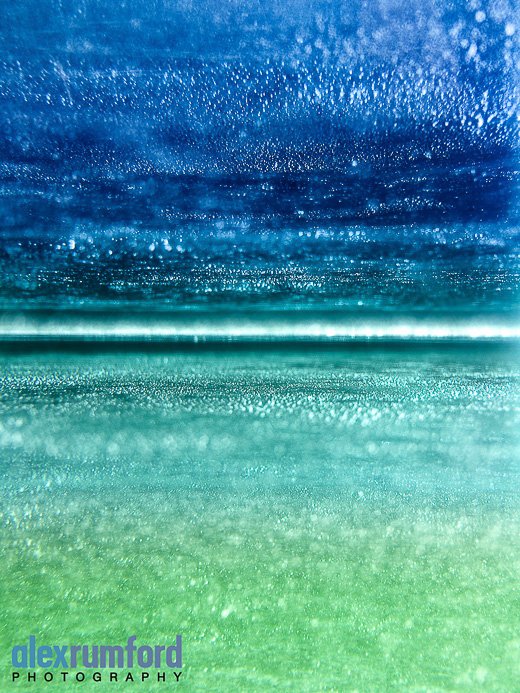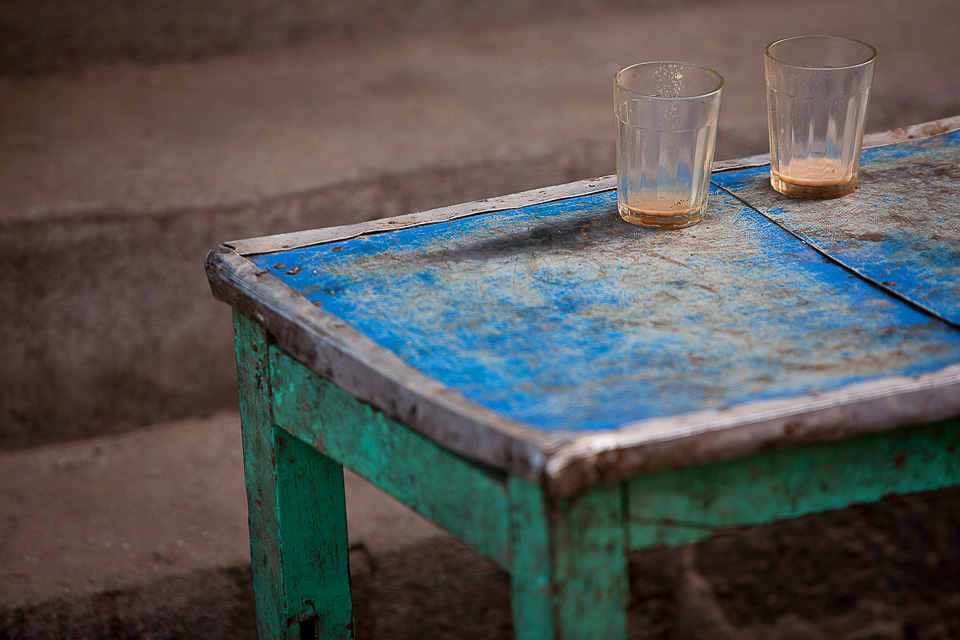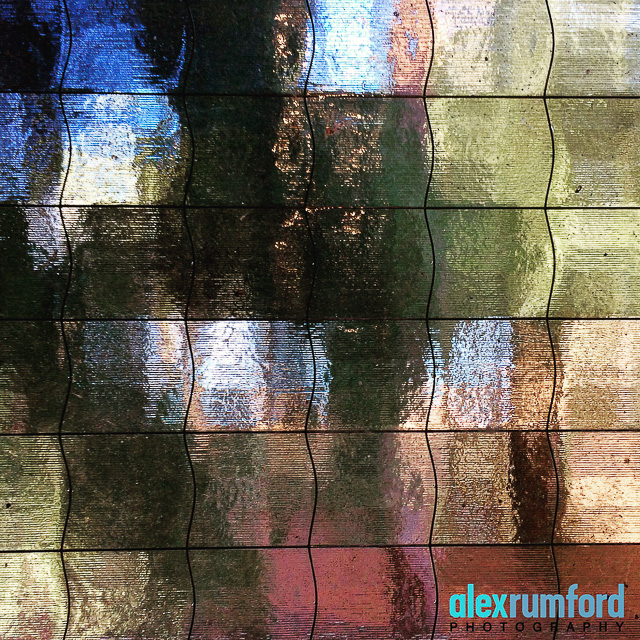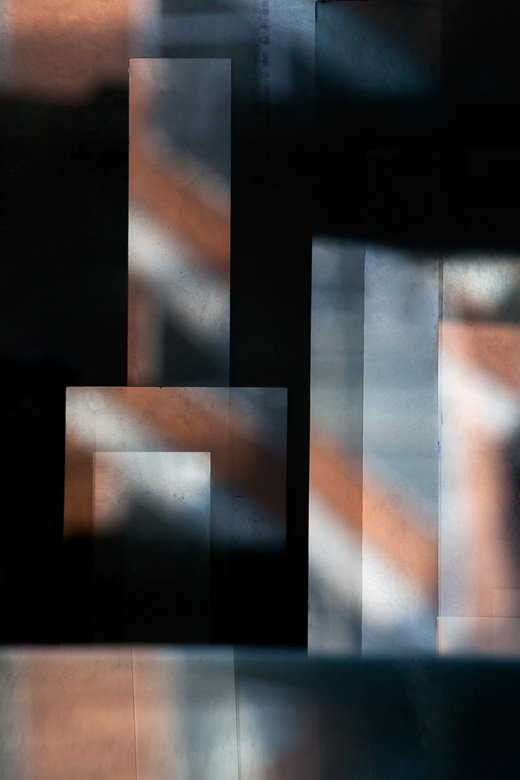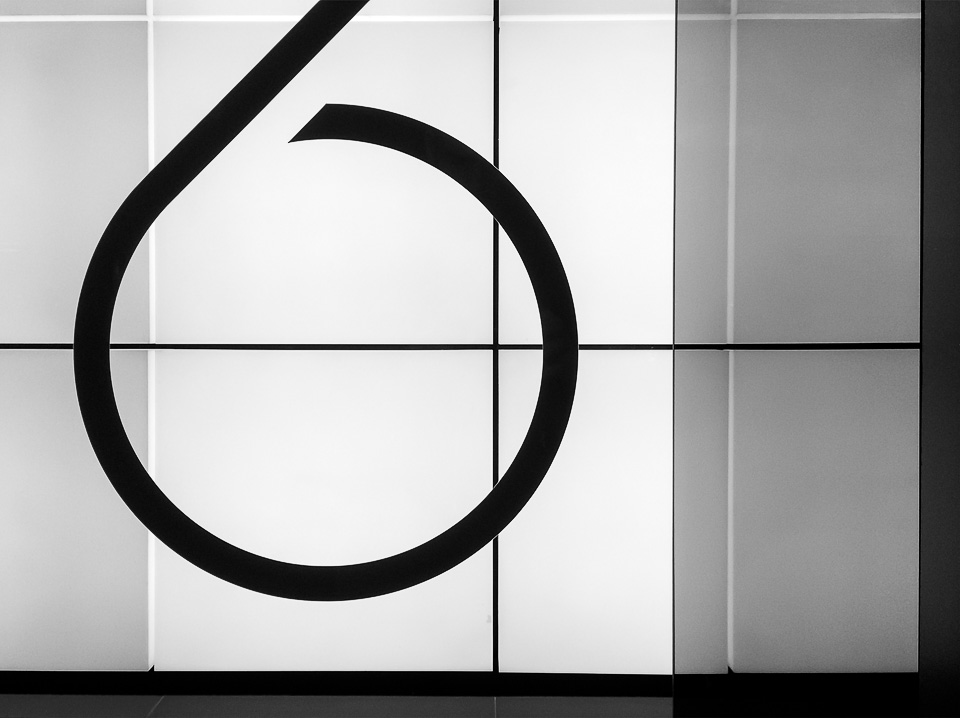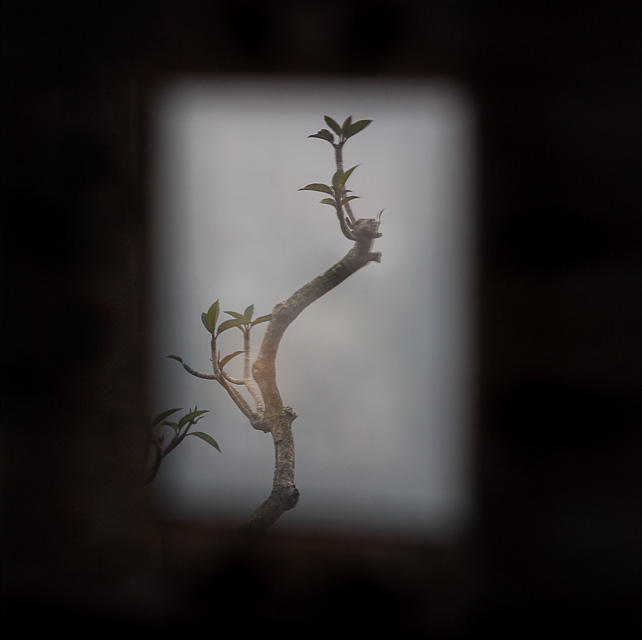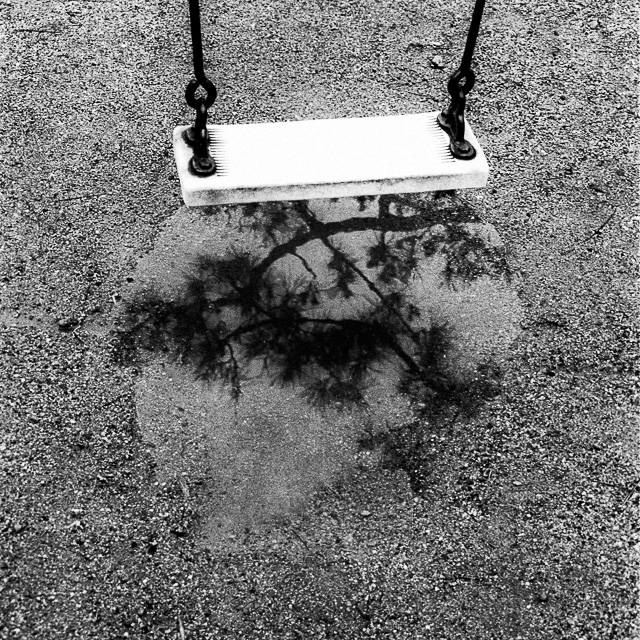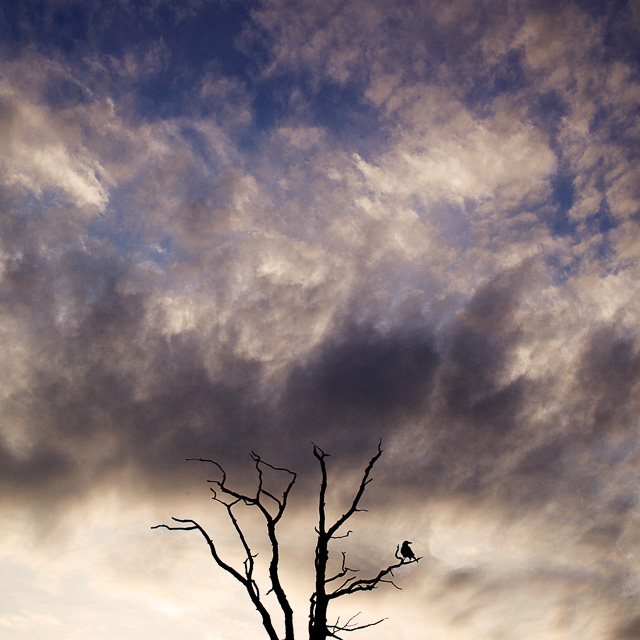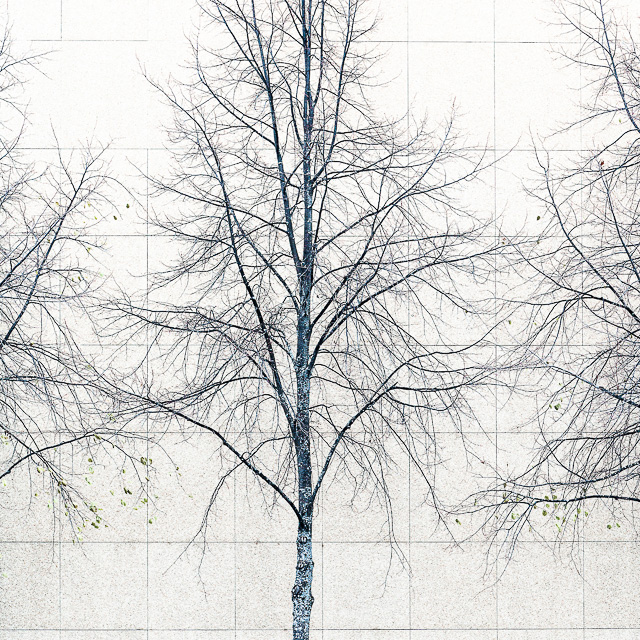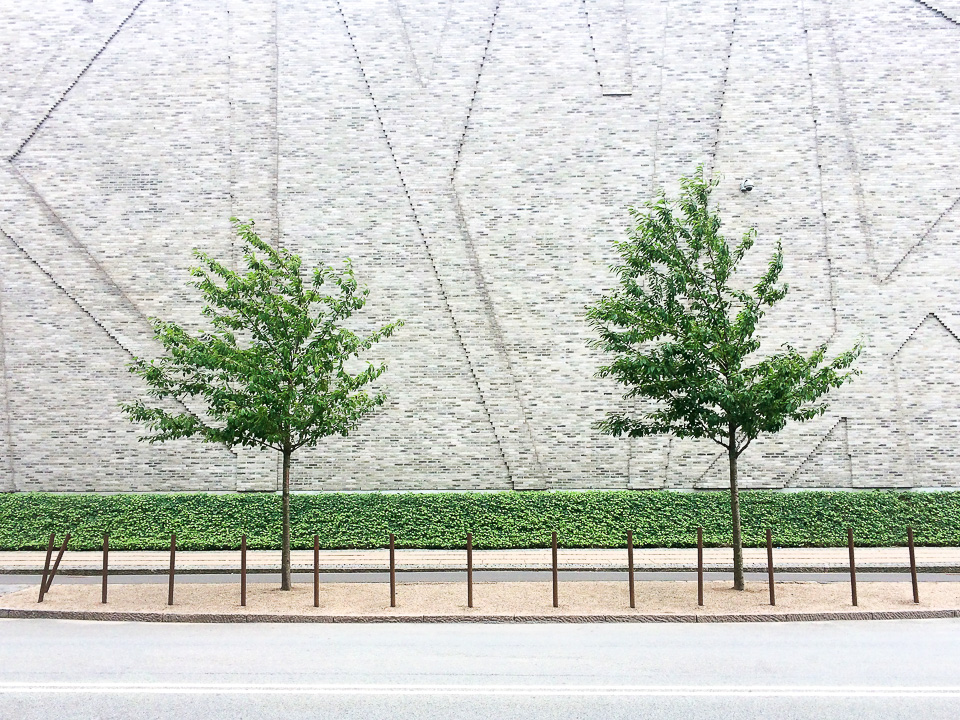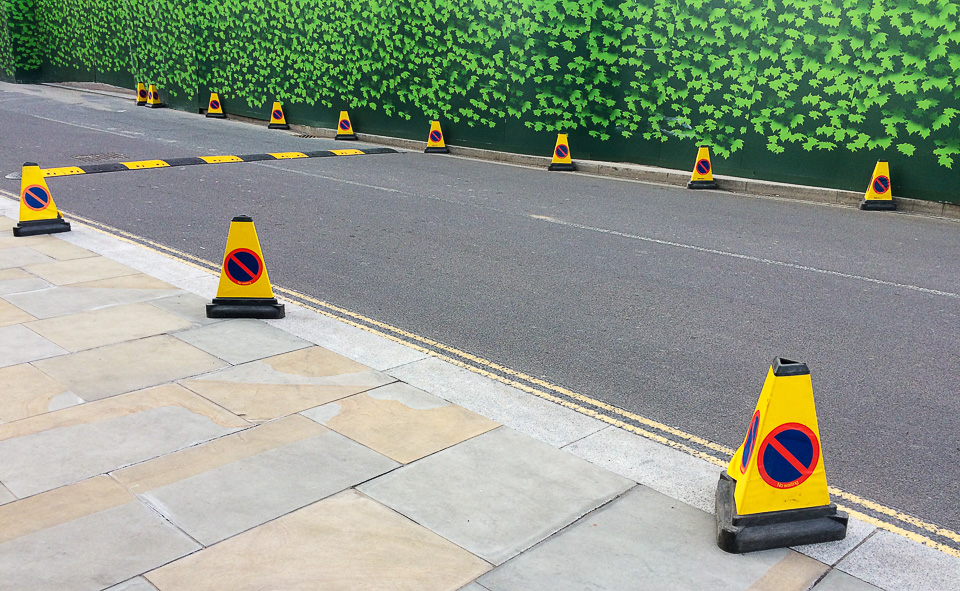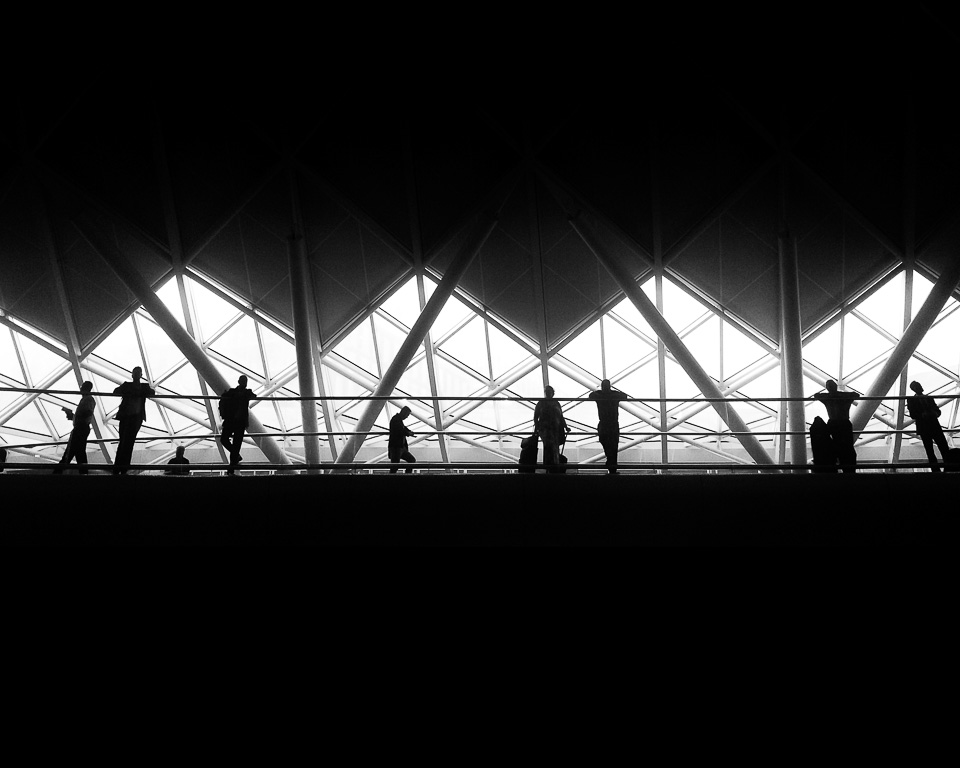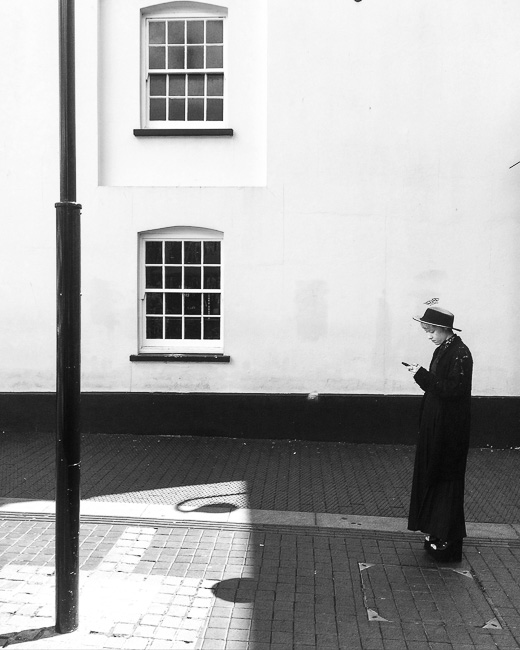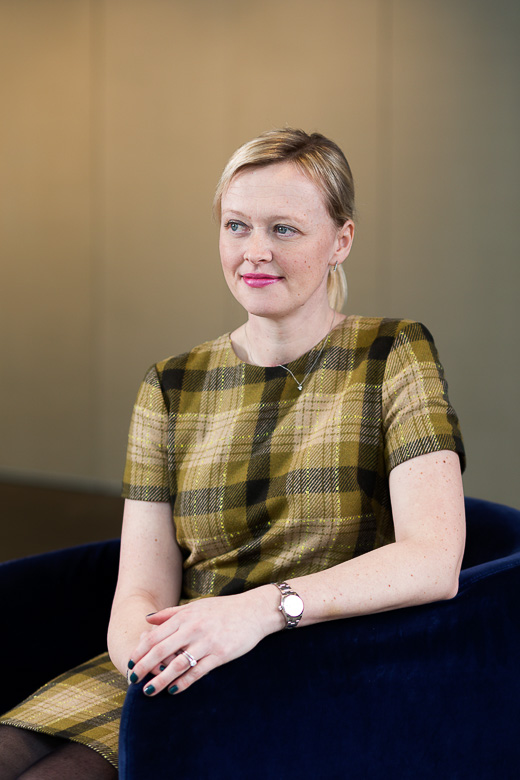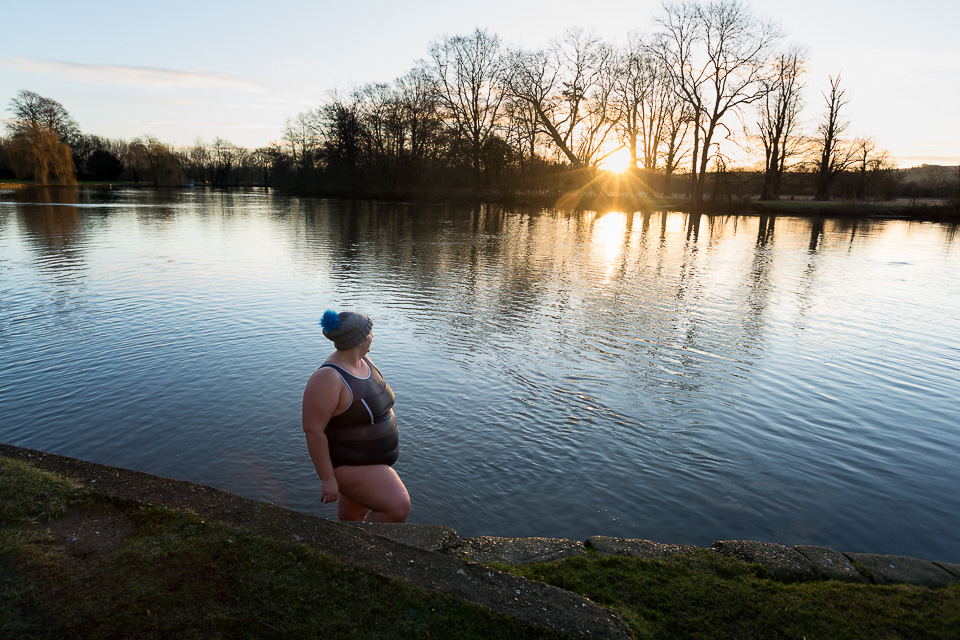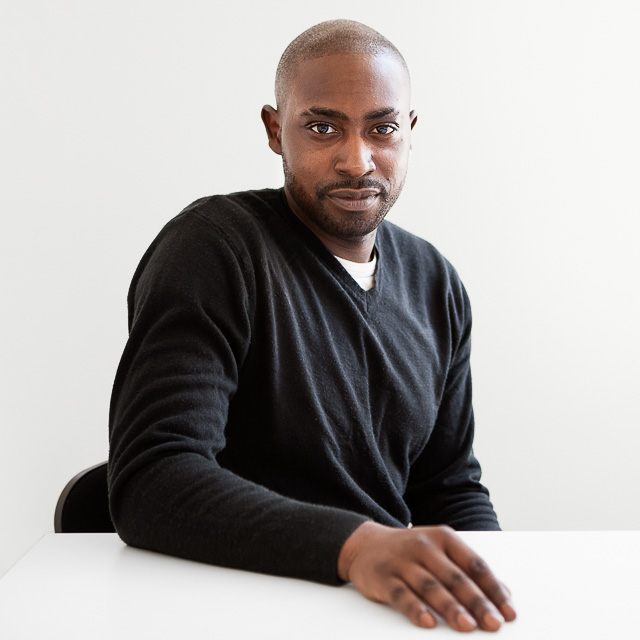Thinking of what I wanted for Christmas, I asked on a photographers’ forum what they considered to be their most useful gadget.
Although gadgets usually refer to tech, let’s define it (loosely) here as
(1) a non-essential photography tool or device - something that not everyone will have
or
(2) something general but essential, which sits outside photography.
After seeing the answers on the forum, I’m also going to add in some of their responses (3) and one utterly useless, useful thing (4).
I’ve included links where relevant.
(1) Photographic gadgets
While we can discount camera bodies as they’re essential, certain features are handy. Different kinds of focusing, wireless transmitting etc. and also (great if true) cat facial recognition.
And while most lenses, too, are essential kit, when I use my 50mm f1.2 lens wide open it serves to give a definite look - as well as enabling me to shoot in very low light. These effects are otherwise much less easily achievable.
We can also disregard lights. We all use different brands and types depending on our work and the situation, but along with diffusers, modifiers and reflectors, it all does (basically) the same thing.
Lighting
Anyway, starting with lighting, there are many add-ons and various paraphernalia which could be considered gadgets, so I’ll list a few which come to mind.
I have a Rogue Flashbender and a Gary Fong Collapsible Lightsphere - I use both as rough tools in tricky lighting situations.
For more creative work, I like the Magmod kit - not only for the gels, but specifically the Magmask. They allow for easy, controlled playing with light and effects.
I love my medium reflector. The exact model is no longer available, but it’s something like this and has five different ‘faces’ - gold, silver, black, white and translucent. A world of possibility.
I also have a small diffuser for flash. It’s a bit wobbly but does the job.
Other
The X-rite Colorchecker Passport is good for accurate colours: I have one (but in truth I rarely remember to use it).
A battery grip is a costly, but useful extension to a DSLR camera body which allows for easy shooting of uprights. It also stores a second battery, meaning fewer charges and little chance of running low, even on longer shoots.
(2) General gadgets
Moving away from photography to the more general, gaffer tape comes to mind. I have Gorilla Tape which attaches anything to anything, but also some weaker standard masking tape, for when I don’t want to rip the paint off a wall.
Velcro is useful. I have it glued onto my flashes for attaching flags, and I keep some spare to stick flashes to walls for the rare occasion where there’s no other option.
Bulldog clips and different sized spring clamps are in my kit, too.
Bungee / ball loops are versatile little things which allow you to attach small items (flashes, usually) to poles, handles, stands etc.
Sugru - mouldable glue, which I mainly used to keep cables from breaking.
(3) Other photographers’ suggestions
Blackrapid straps, polarising filter, tripod, micro fibre cloth (to keep optics pristine), waterproof boots & darn tough socks, hotshoe spirit-level, travel collapsible beauty dish/soft box and mini pole, Interfit Strobies Portrait kit, a ladder, a monopod*.
Also mentioned were: the ability to make people laugh, shrapnel for the pub, and sharp elbows.
(4) Utterly useless useful thing
My “Colourful Rainbow Silicone Laptop Keyboard Cover Skin” is pretty sweet.
The rest of the stuff filling up my bags is either for security/backup or for specific uses: extra rechargeable batteries (Eneloops), cash, a lens cloth, a second card reader, (too many) memory cards, a hand mirror, gels, a lint roller.
There’s no particular gadget I own which I could not do without. This is probably a good thing, as it’s all too easy to fall back on using the same tools and approaching a shoot with that already in mind. I think much of the time it’s more about finding a method, or using whatever available thing will achieve the result. I’ve used my mobile phone as a rest for my lens on the ground for a night shot, in place of a tripod. I’ve used car headlights to light a subject, a white shirt as a reflector in a forest, and clips to pull back baggy shirts.
The useless gadgets I’ve bought and hardly used makes for a sad list of gimmicks. But, reluctant to throw anything away, I have heaps of rubbish in cupboards which must have seemed like a good idea to buy - perhaps in a different life. These are stored along with a lot of obsolete cables and connectors, 512MB memory cards, old phones without chargers and, of course, small pieces of wood.
*The photographer explains: It lets me do pole shots from above or in dangerous situations e.g. motorbikes at speed, tigers following behind the vehicle I'm travelling in etc. Keeps long lenses from wobbling about. Doubles as a baton for dodgy people like football hooligans as it tends to deter them when they see it coming down towards their head.
